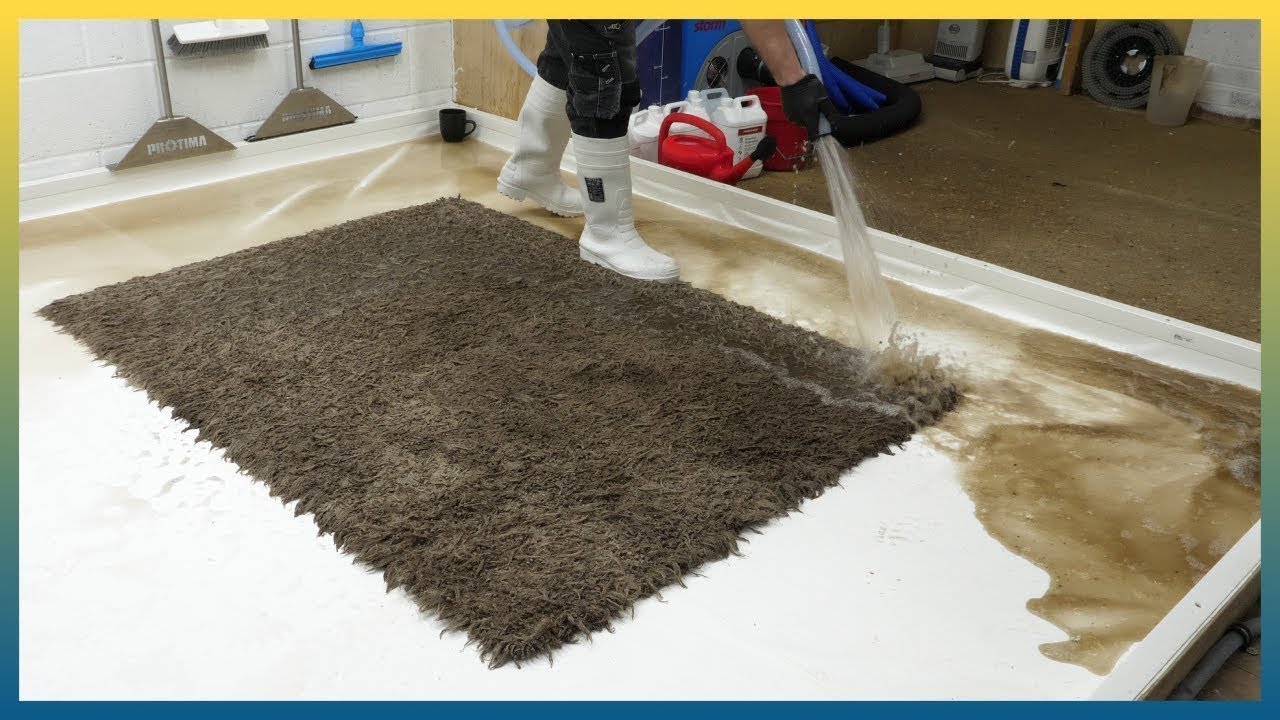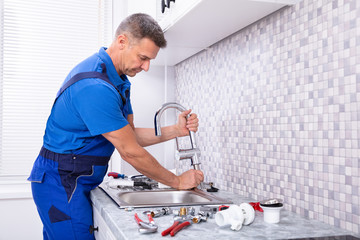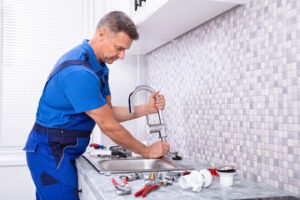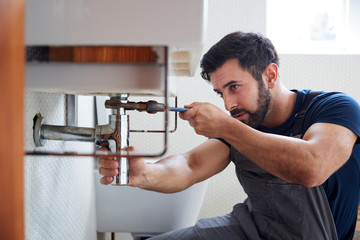Most carpets should be professionally cleaned at least once a year. During that time, a professional carpet cleaner can remove any tough stains, dust mites, odors, and more.
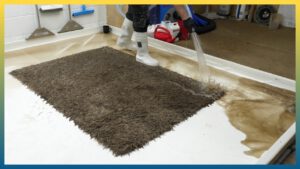
The cleaning process is tedious and often expensive. However, the end result can be worth it. Besides removing grime, professional Carpet Cleaning El Dorado Hills CA also leaves carpets with a fresher smell and cleaner appearance.
There are a number of different carpet cleaning methods used by companies and individuals all over the world. Some are more effective than others, and the best way to keep your carpets clean is to try a few out and find what works for you.
One of the most commonly known and used carpet cleaning methods is hot water extraction. This method uses steam to loosen soil, kill germs and other microorganisms, and remove odors from the carpet fibers.
This method can be performed by a professional or homeowner. During the cleaning process, a highly pressurized mixture of water and a special carpet cleaner is pumped onto the carpet.
The hot water agitates the carpet fibers, loosening dirt and debris and removing it immediately with a powerful vacuum. This is a very effective way to deep clean your carpet and will make it look fresh, clean, and odor free.
Using a baking soda and salt solution is another great way to clean your carpets at home. This is a great method to use on stains, especially oil-based stains, which are very difficult to remove by just scrubbing them.
Baking soda is also a good solution for removing stains from carpets that have been soiled with ink and marker. This mixture will help lift the stains out of the carpet, and it is also very good at absorbing oily spills like grease or food oils.
This is not a method that can be used on all types of carpeting, and it is best for lightly soiled carpets. It is an excellent way to get a light cleaning done quickly, and it is a cost-effective option for those who have a busy schedule.
Whether you’re getting your carpets professionally cleaned or doing it yourself, there are a few things you need to do before you can get the most out of your cleaning experience. These preparations will make the carpet cleaner’s job easier and ensure that you get the best results possible from your cleaning.
First, you’ll need to sanitize and prep your home so that the carpet cleaner can do their best work. It’s important to remove any pet odors or other lingering smells from your home before they arrive. Using air fresheners or spraying with cleaning products will also help to deodorize your home.
Another step is to remove any rugs or furniture from the area where you’re going to have your carpets cleaned. Taking your bulky items out will make it easier for the carpet cleaner to move them and not damage any of your floorings.
Before the carpet cleaning process begins, comb over the carpets in each room to identify any loose or hidden items that may come into contact with the carpet. Bobby pins, jewelry, rogue toys, and other items can cause scratches or tears to the carpet fibers.
Then, move any fragile or expensive pieces of furniture from the area that will be cleaned. This includes glass or breakable items on coffee tables, side stands, and cabinets.
If you have a clothes steamer or steam mop, use it to sprinkle a one-to-one mixture of baking soda and salt over the carpet. Then, mist the carpet with cold water to make it damp, and work the baking soda mixture into the carpet fibers using a scrub brush. Repeat this step several times and change the water frequently as needed.
Vacuuming helps to remove loose dirt and dust that can cause serious damage to your carpets. It also helps to keep your home’s indoor air quality healthy, so you and your family can breathe easier.
